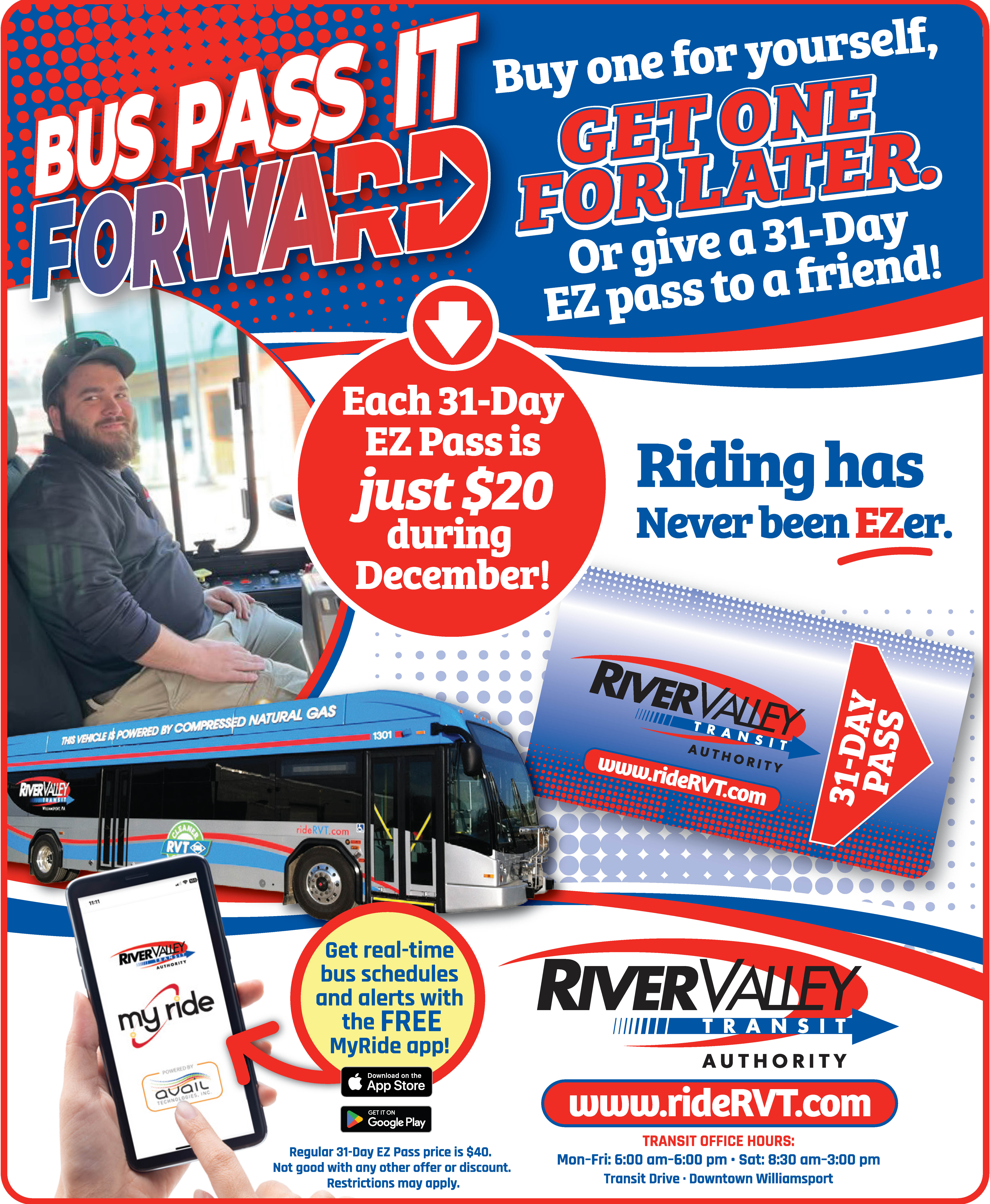I was at my “branch office” (Dunkin Donuts) the other day, and someone mentioned that they had gotten the new fishing catalog from Bass Pro Shops and Cabela’s. Now all of us who have been smitten with the condition known as “fishing” enjoy browsing through a fishing catalog with all of the newest gear — even those of us who “appear” to have enough fishing stuff. In the course of the serious discussion that followed the question came up, “How much fishing stuff is enough and what do you really need?”
Now that’s a tough question to answer, but I’ll do my best to give my unbiased thoughts in the short space available.
The question of what you need has a lot to do with how you define the act of fishing. For example, the occasional fisherman or the “go the first day guy” doesn’t need nearly as much stuff as a frequent flyer like myself. If you are like me and you fish for about anything, and all year long you are going to need more gear and a variety of equipment. Over the years I’ve made it a point to pursue a variety of fish species and under a variety of conditions. I’ve also been aggressive in learning the different techniques and types of equipment used to take various fish species.
If you’re only an occasional early season trout fisherman you may only need a light or medium spinning rod and an open-faced spinning reel; add a little bait or a few lures and a fishing vest, and you are good to go. You may want some boots for wading, but last week on opening day I even saw a few lawn chairs perched along the bank.
If you prefer to specialize like some trout fishermen who prefer to pursue only trout with fly fishing equipment you again limit what you need to some degree. Make no mistake about it though even if you specialize, you still have a great deal of gear available to you. If you are like me however in your fishing pursuits and you fish year around for all kinds of fish, and with all sorts of techniques your gear options increase tremendously. For example, Just adding ice-fishing to the yearly agenda greatly increases the need for additional, specialized gear and equipment.
If I’m chasing after panfish in a nearby pond I’m likely using ultralight spinning gear or even a fly-rod; but when I head out to a nearby lake in pursuit of bass, walleyes or pickerel, everything changes. Two to four-pound test on a rod and reel designed for light line is a bad choice for toothy walleyes and pickerel. Also pitching larger lures requires heavier line and heavier rods and reels. Medium rods with eight to twelve-pound test or even heavier may be required. If you want to increase your possibilities even further, you should master the use of bait-casting gear since it offers even more options for taking bass, walleyes, pickerel, pike, and muskies. The truth is, some of the lures I’m using to catch pike in a lake in Canada, or the St. Lawrence River are bigger than the bluegills I’m catching at a nearby pond.
Even if one chooses to specialize in their fishing pursuits, there is still a lot of room to expand. For example, fly-fishing for trout on a small mountain stream is best done with a shorter length flyrod and lighter line weight but if you are after big browns in a large stream like Loyalsock Creek a longer rod with a seven, eight or even nine weight line might be in order. So in answer to the question “What do I need?” That depends on all the things I just mentioned.
By the way, one of the women at the branch office tried to use the same argument I just used, but she was talking about shoes!




Leave a Comment
Your email address will not be published. Required fields are marked with *